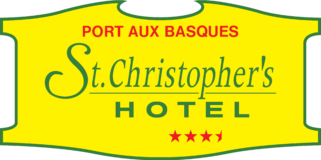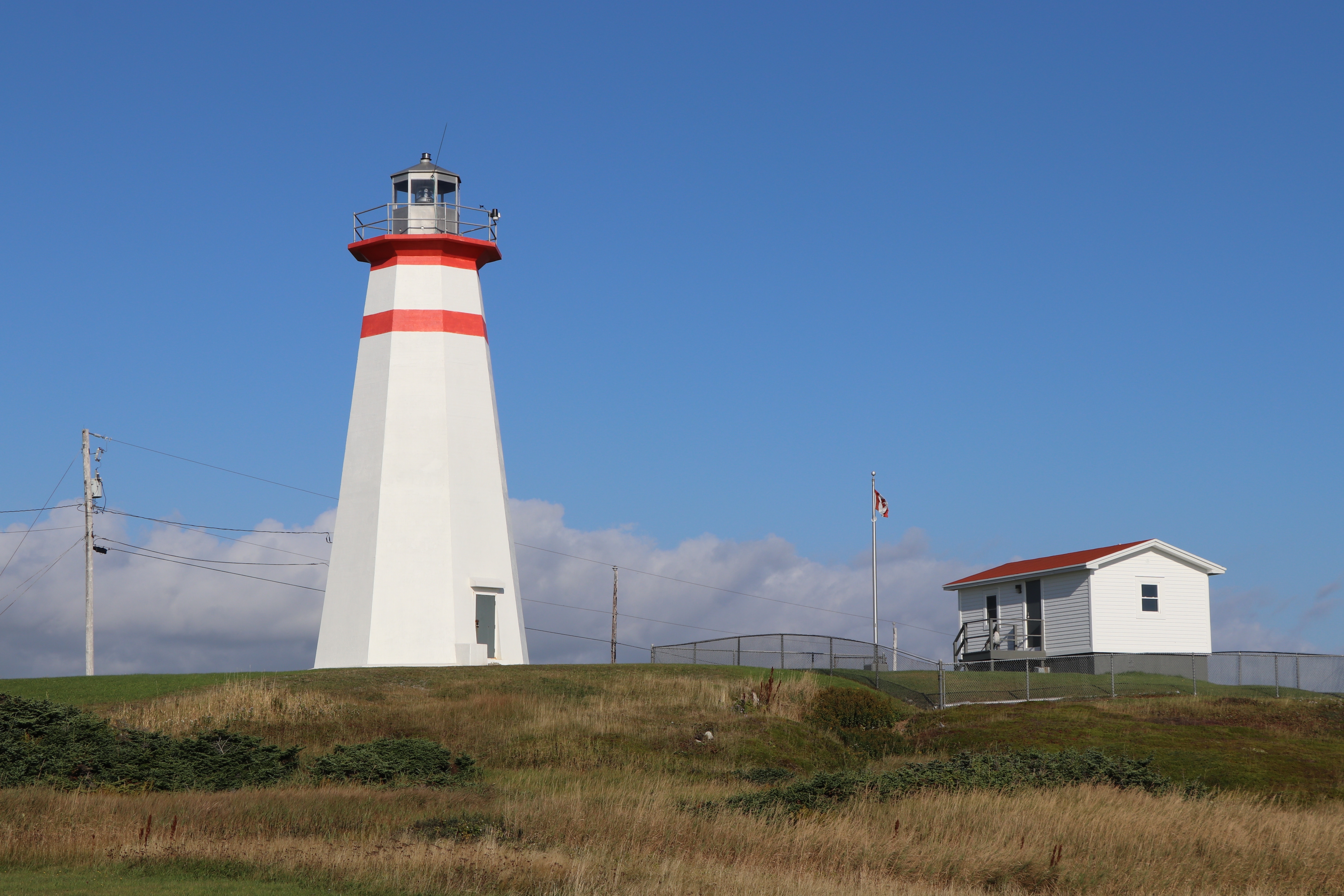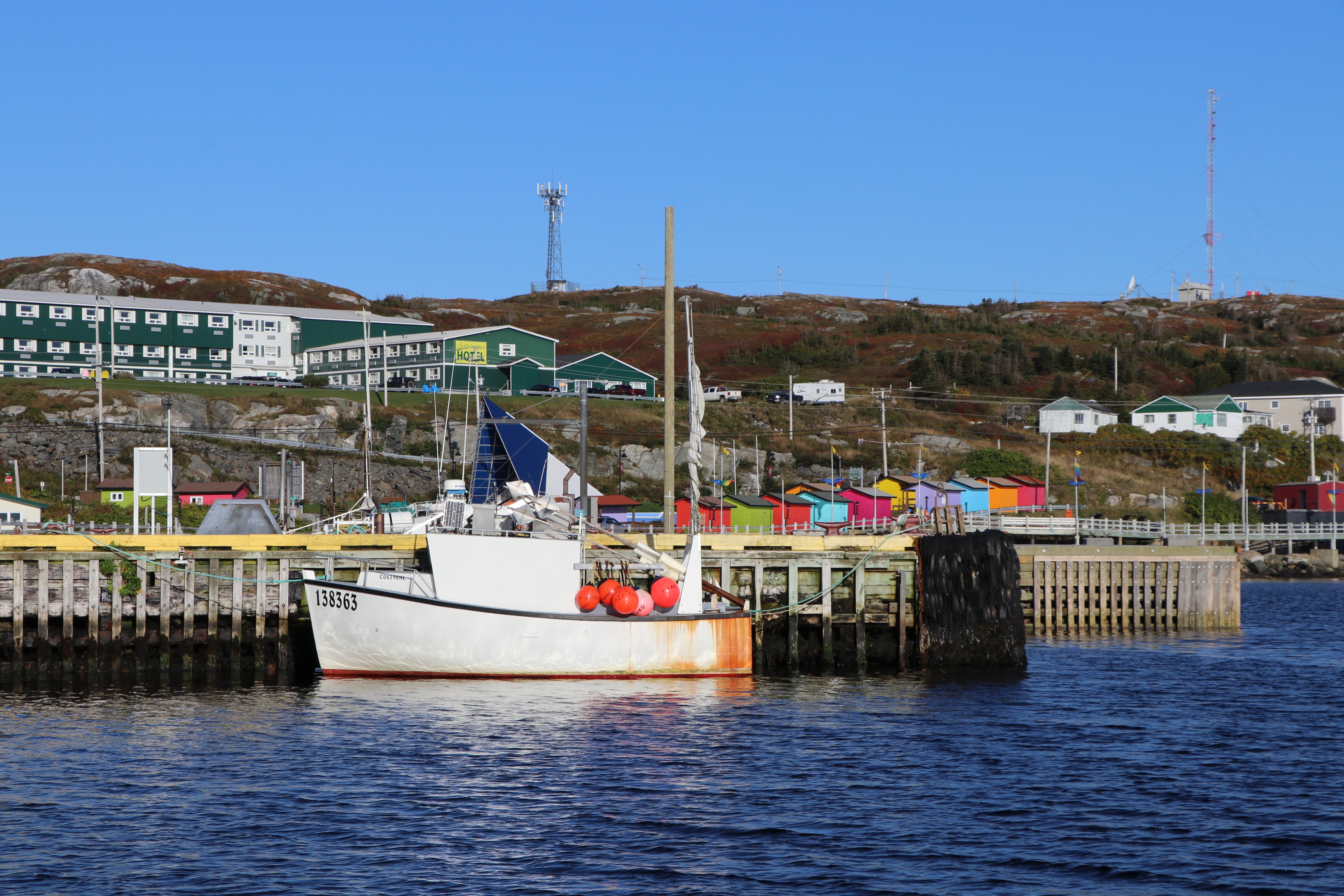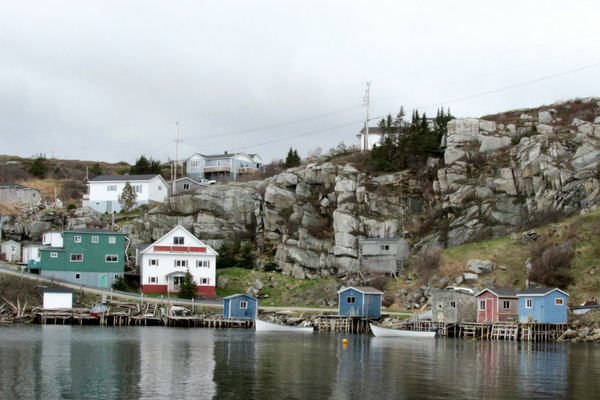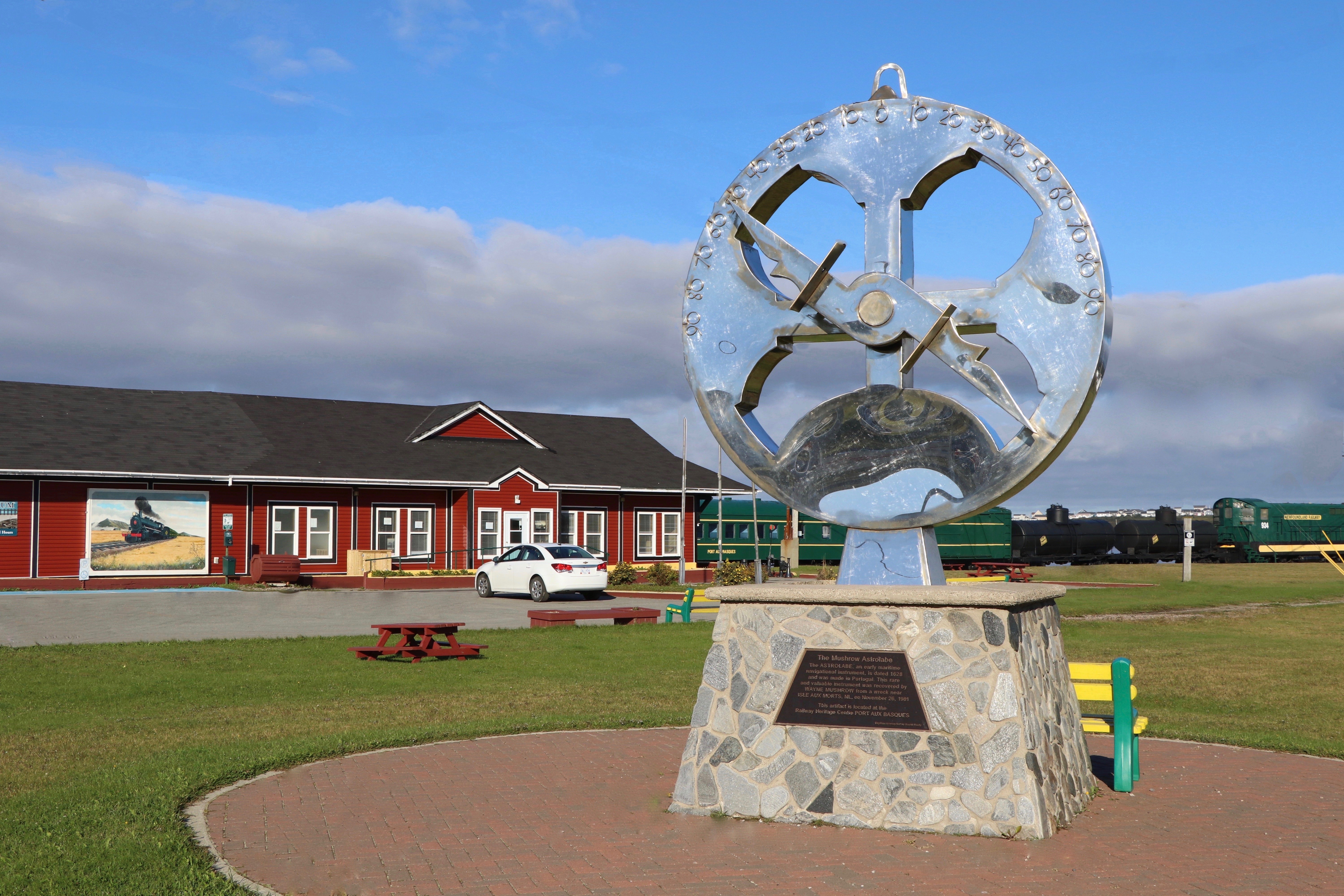The South West coast area is home to four beautiful and distinct lighthouses, and all can be viewed and visited in one day. Each lighthouse has its own history and place in the formation of our heritage.
Channel Head lighthouse is located in Port aux Basques and is the first lighthouse that you see when you enter the harbour aboard the Marine Atlantic ferry. It is separated from the community by a narrow channel of water. This lighthouse is only accessible by boat but one can view the lighthouse by driving down through town to the Channel area. This lighthouse site was first established in 1874 when a wooden light tower and detached keeper's dwelling was built. The present day tower was built in 1895 and has the designation of being a federally recognized heritage building.
Rose Blanche lighthouse, located on Route 470, was established in 1871 and is the last remaining granite lighthouse on Canada's Atlantic Seaboard. This lighthouse was decommissioned prior to Newfoundland's confederation with Canada and it fell into ruins. In 1996, the actual restoration of the lighthouse began with its opening to the public in July 1999. Never a Canadian lighthouse, it again made history in 2001 when it was relit as an active aid to navigation. In 2003, it was given the designation of a provincial-registered historic building – the first lighthouse in the province to be awarded that honour. The original lighting apparatus for the lighthouse was built by D & T Stevenson of Scotland, the family of the noted author Robert Louis Stevenson. All mail leaving Rose Blanche during the summer season is cancelled out by a stamp of the lighthouse – a sure collector's item. Visit and learn how the lighthouse was restored, why lighthouses played an integral part in the history of our province and about the community. There is a craft store on site, along with other amenities. Admission is $3.00 per person.
The Cape Ray lighthouse site, located on Route 408, was established in 1871. Cape Ray was once the start of the "French Shore" in Newfoundland. The light is often referred to as "The Gulf Light" as it is the first light that is seen when crossing the Gulf of St. Lawrence to Port aux Basques. The original tower burnt down when a kerosene lantern used to light the tower exploded. Shortly thereafter, a new wooden tower was built and it was struck by lighting and burnt as well. The present white concrete tower was erected in 1960 and a red day mark was painted on the lighthouse in 1998. The Cape Ray lighthouse site is also rich in communication history. The lighthouse was one of the five lighthouses that piloted Marconi's new invention – the telegraph. Underwater cable that linked Newfoundland to the rest of North America was installed in 1856. Just below the lighthouse is a Dorset Paloeskimo site, a race of people who inhabited the site over 1800 years ago. The last remaining lightkeeper's house is a museum featuring displays of the Dorset site, communication history and general history of the community. There is a craft store and other amenities on site. Admission is by donation. Cape Ray lighthouse also offers special events throughout the year. "Christmas at the Light" is celebrated at the lighthouse. It is the only lighthouse in the province that is decorated for Christmas. Although the lighthouse was automated in 1991, since 2000 lightkeepers are back on site and for a small fee, one can climb the tower with one of the lightkeepers.
The Cape Anguille lighthouse, located on Route 406, is the youngest of the four lighthouse sites. It was established in 1905. Cape Anguille lighthouse is known as "the light in the devil's mouth" due to the high winds that can be encountered as mariners enter the Bay of St. George. Cape Anguille is also the most westerly point in Newfoundland. The original tower was an octagonal, reinforced concrete tower with eight flying buttresses. The present day tower is a white tower with a red lantern room. The first lightkeeper, Alfred Patry, was known as the "Robin Hood of the Valley" as he was known to share his provisions with those who were in need. Another of the lightkeepers was known for his heroism. Henry Reid rescued fishermen from a sinking boat with no thought of his own safety. This lighthouse was fully automated in 1972 but since 2000, lightkeepers are back on site. The remaining lightkeepers' dwellings have been developed into a bed and breakfast and tea room.
Provincial Lighthouse Day is the first Saturday in August. The lighthouses of Rose Blanche, Cape Ray and Cape Anguille join in this celebration with events on that day. All sites are a treasure for artists and camera buffs.
